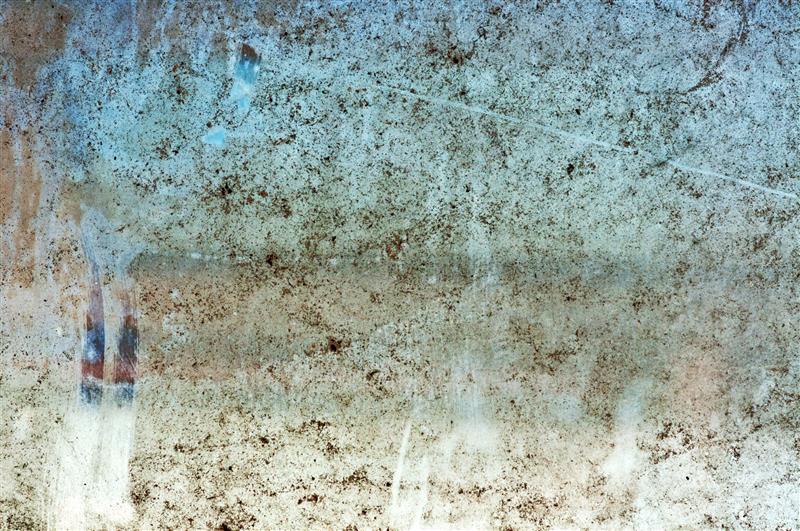
Dirty glass is hard to miss. Smudges, water spots, fingerprints, and dust can turn windows, mirrors, and shower doors into a cloudy mess. And if you have ever cleaned glass only to end up with streaks or a hazy finish, you know how frustrating it can be.
The right products, tools, and techniques make a big difference. With a few simple steps, you can bring even heavily soiled glass back to a clear, polished shine.
Why Glass Gets So Dirty — and Why It Is Hard to Clean
Glass might look smooth, but under a microscope, it is full of tiny pits and pores that trap dirt, grease, and grime. These particles cling to the surface and can be difficult to remove without smearing. Using the wrong tools, like paper towels or old rags, usually leaves behind lint or just spreads the mess around.
A tough buildup from hard water, kitchen grease, tobacco smoke, and minerals makes the job even more challenging. That is why heavily soiled glass needs a cleaner that can break down grime without leaving streaks or residue behind.
What You Will Need to Clean Really Dirty Glass
Before you get started, having the right tools on hand makes a big difference. A good cleaner, the right cloths, and a little preparation can save you time and help you get a streak-free finish on the first try.
Here is what you will need:
● High-quality glass cleaner (we recommend Invisible Glass for its streak-free formula and safe use on tinted surfaces)
● Two clean microfiber cloths (lint-free and absorbent)
● Distilled water (optional, helpful if you live in a hard water area)
● Soft scrub pad or non-scratch sponge (optional, for stubborn buildup like dried soap or water spots)
● A bucket of warm water (for pre-cleaning very grimy surfaces)
Pro Tip ✨
Use a specialized glass cleaner like Invisible Glass, which helps lift dirt without leaving streaks or cloudy residue behind.
Step-by-Step: How to Clean Very Dirty Glass
Cleaning dirty glass is all about the correct sequence. Follow these steps for a streak-free, crystal-clear finish.
Start with a Dry Dusting or Light Rinse
Brush off dust, cobwebs, and loose dirt before you start cleaning. Use a dry microfiber cloth to wipe away particles, or rinse the surface with plain water if you are working on exterior windows or a car windshield.
Removing loose debris first helps prevent scratches and keeps your cleaning cloth from clogging up with grime too quickly.
Pre-Treat Built-Up Grime
For heavily soiled areas, you may need to pre-treat the surface to ensure effective cleaning. Dampen a microfiber cloth or non-scratch sponge with warm water and gently loosen any buildup, like dried soap scum or sticky residue. Avoid using abrasive pads, as they can damage the glass.
If stubborn spots remain, lightly spray a bit of Invisible Glass onto the cloth and work it into the area. Let it sit for about 30 seconds before wiping clean.
Spray with Glass Cleaner
Prep the surface, then spray your glass cleaner. Apply Invisible Glass in a light, even mist across the surface. Use just enough to coat the area without causing drips or streaks.
For vertical surfaces, such as mirrors or windows, spray cleaner onto your microfiber cloth to prevent it from running into frames or behind trim.
Wipe in Circular Motions to Lift Dirt
Use a clean microfiber cloth to wipe the glass in gentle, circular motions. Circular wiping lifts dirt, oils, and grime from the surface, rather than spreading them around.
Work in small sections if needed, especially on large windows or glass doors, to keep the cleaner from drying before you wipe it away.
Follow with Straight Strokes for a Streak-Free Finish
After the circular wipe-down, take a second clean microfiber cloth and make straight, overlapping passes — either vertically or horizontally. This second pass removes any remaining moisture and polishes the glass to a clear finish.
Pro Tip ✨
Flip your microfiber cloth frequently so you are always using a clean, dry side. A damp or dirty cloth can reintroduce streaks or leave a hazy film behind.
Inspect from Different Angles to Catch Missed Spots
Before you put away your cloths, step back and inspect the glass from a few different angles, especially in natural light. Small smudges or streaks that are invisible from one view often show up from another.
If you spot anything, use a dry part of your cloth and a quick spritz of Invisible Glass to touch it up.
Bonus Tips for Tough Situations
Some glass messes need a little extra attention. Here is how to handle the most common challenges:
|
Problem |
Quick Fix |
|---|---|
|
Hard water stains |
✅ Pre-soak the area with a warm water and vinegar solution. Then clean with Invisible Glass for a clear, streak-free finish. |
|
Tree sap or bird droppings (on car windows) |
✅ Soften with warm water. Gently scrape with a plastic blade if needed, then clean as usual. |
|
Nicotine film (on windows or car interiors) |
✅ Use Invisible Glass for multiple passes if needed. It will break down the residue without leaving streaks. |
|
Soap scum on shower doors |
✅ After cleaning, apply a water-repellent treatment to help prevent future buildup. |
How Often Should You Clean Your Glass?
How often you clean glass depends on where it is and how fast it gets dirty. For household windows and mirrors, a deep clean every few weeks usually keeps them looking sharp. In high-traffic areas like kitchens or bathrooms, clean glass surfaces more often to stay ahead of water spots and fingerprints.
For cars, it pays to stay even more consistent. Clean windshields, side windows, and mirrors at least once a week, especially if you live in a dusty area or drive in heavy traffic. Regular cleaning maintains visibility, making each session faster and easier.
If you smoke or have pets, plan to clean interior glass a little more often. Regular maintenance stops grime from building up and makes it easier to keep your glass looking crystal clear all the time.
The Best Way to Get Crystal-Clear, Streak-Free Glass
Cleaning very dirty glass takes the right approach, but it is not complicated. With a quality cleaner, microfiber cloths, and a smart process, you can restore clarity to windows, mirrors, shower doors, and car windshields without the frustration.
Invisible Glass makes it easier to cut through tough buildup, leaving a clear, polished surface behind. With a consistent routine, these tips help keep every glass surface looking its best. After all, real clean is what you don’t see.



